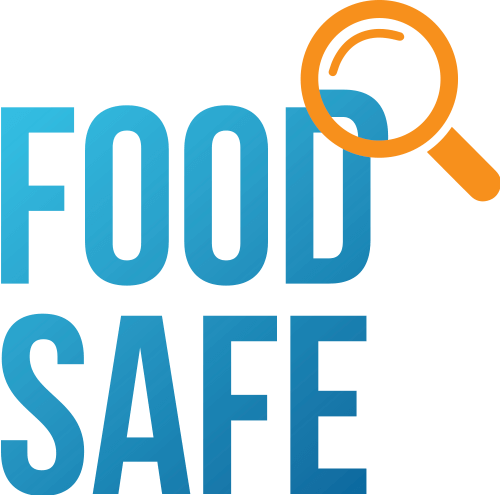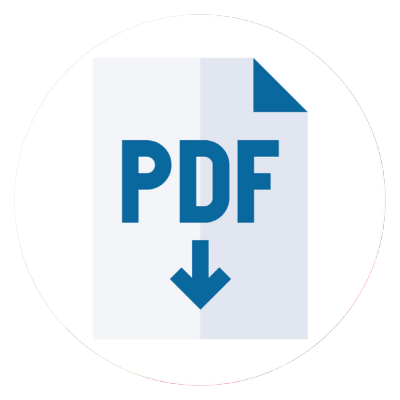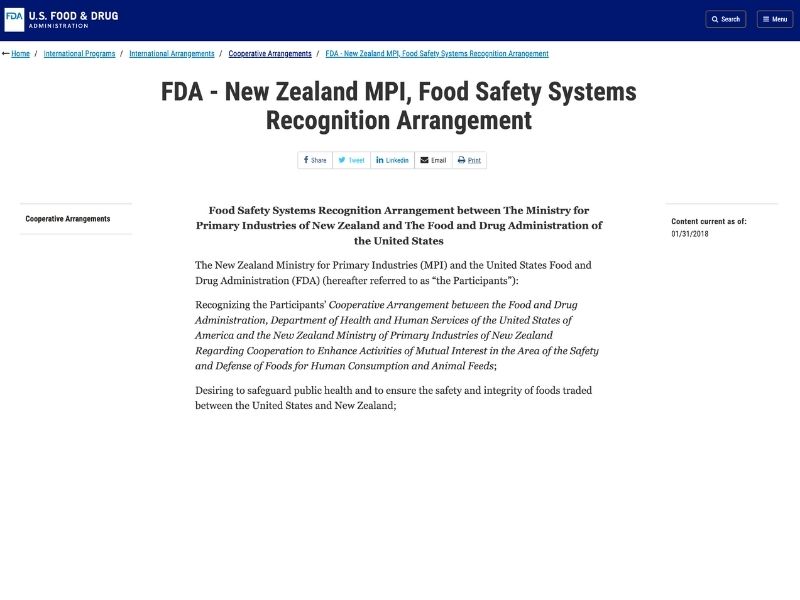Heat Treatment Training Course for New Zealand and Global Heat Treatment and Pasteurization Operators and Supervisors across All Food Sectors.
Course Cost: See below
Pasteurization & Heat Treatment Courses
Our Heat Treatment Training Courses are designed for global and New Zealand Heat Treatment and Pasteurization process operators and supervisors across all food sectors to regulatory (MPI – Code of Practice, FDA, CFDA, EU) and certification standards (GFSI, BRCGS, SQF, WSE, FSSC).
Global Pasteurizer Operator Training:
- Basic Pasteurization Course (1 Day)
- Cost: $985 NZD + 15% GST or approx. $702 USD
- Training Content: View here
- Advanced Pasteurization Course (2 Days)
- Cost: $1695 NZD + 15% GST or approx $1207 USD.
- Training Content: View here
- Pre-requisites: Employed or looking to work in a working pasteurization system e.g. Batch/HTST/Vat/Other
- Includes: Course material and resources
- Training Delivery: Online video conferencing over Zoom
- Gain: Certificate of Achievement
New Zealand Pasteuriser Operator Dairy Training:
- Heat Treatment Course US 4829: 1 Day
- How to book: Email us at [email protected]
- Training Content: View here
- Continuous Flow Pasteurization Course US 19334: 1 Day
- How to book: Email us at [email protected]
- Training Content: View here
- Pre-requisites: Employed in a working pasteurisation system e.g. HTST/Batch/Vat/Other
- Gain: Certificate of Achievement
- Includes: Course material and resources
- Training Delivery: On-site and online Zoom video conferencing options available
Global Pasteurizer Operator Training – Basic
Course Content (1 Day):
- History and Process of Pasteurization
- Introduction to Food Microbiology & cGMP
- FSMS & Hazard Controls (MCPAN+)
- Codex Alimentarius and/or Provincial Industry Regulation /Codes
- Pasteurization of Product Vat or Other (LTLT, HTST, UHT) e.g. Dairy, Juice, Beverages, Beer, Liquid Egg Processing etc.
- Types of Pasteurisation Equipment, Purpose, Tables: TTHT
- Cleaning & Sanitation & Hygiene Requirements
- Operator Responsibilities & Record Keeping
- Introduction of HACCP & Verification
Basic Training begins at 6 PM New Zealand Time.
Auckland
Dubai
Vancouver
Beijing
Global Pasteurizer Operator Training – Advanced
Course Content (2 Days):
- HTST/UHT Pasteurization Equipment Types, Separators, Homogenizers.
- Concepts: Microbial load, texture & viscosity, heat transfer area calculation
- Indicating Thermometers & Fail-safes
- HTST/UHT: Controllers, Flow Diversion Valves, Pumps and Monitoring
- Large Systems: Mag Flow Meters, Flow Diagrams, Cross Connections & Operator Verification Trend & Graph Checks
- History and Process of Pasteurization
- Case study reviews of recent food safety break-downs and learning
- Introduction to Food Microbiology & cGMP
- FSMS & Hazard Controls (MCPAN+)
- Codex Alimentarius and/or Provincial Industry Regulation /Codes
- Pasteurization of Product Vat or Other (LTLT, HTST, UHT) e.g. Dairy, Juice, Beverages, Beer, Liquid Egg Processing etc.
- Types of Pasteurisation Equipment, Purpose, Tables: TTHT
- Overview of Sterilizing Symbols: D, F & Z Values
- CIP – Cleaning & Sanitation & Hygiene Requirements
- Operator Responsibilities & Record Keeping
- Introduction of HACCP & Verification
Advanced Training begins at 8 AM New Zealand Time.
New Zealand Heat Treatment & Pasteurization Dairy Training
- Case study reviews of recent food safety break-downs and learning
- Brief review of Global Standards and RMP Requirements in New Zealand requirements
- Heat Treatment Code of Practice
- The HACCP principle of Verification in relation to Pasteurization and Heat Treatment as a CCP
- On course completion, operators are able to:
- Understand the history and process of pasteurization
- Explain heat transfer, heat treatment and pasteurization in specific food sectors e.g. dairy, juice, beer, liquid egg processing.
- Explain principles of heat transfer and energy recovery within a heat exchanger or pasteurizer
- Explain heat transfer systems and heat exchange media used in the food industry
- Explain heat treatment of product in the context of operators’ own process
- Explain the operation of a high-temperature short-time HTST, low-temperature long-time LTLT and UHT pasteurization systems
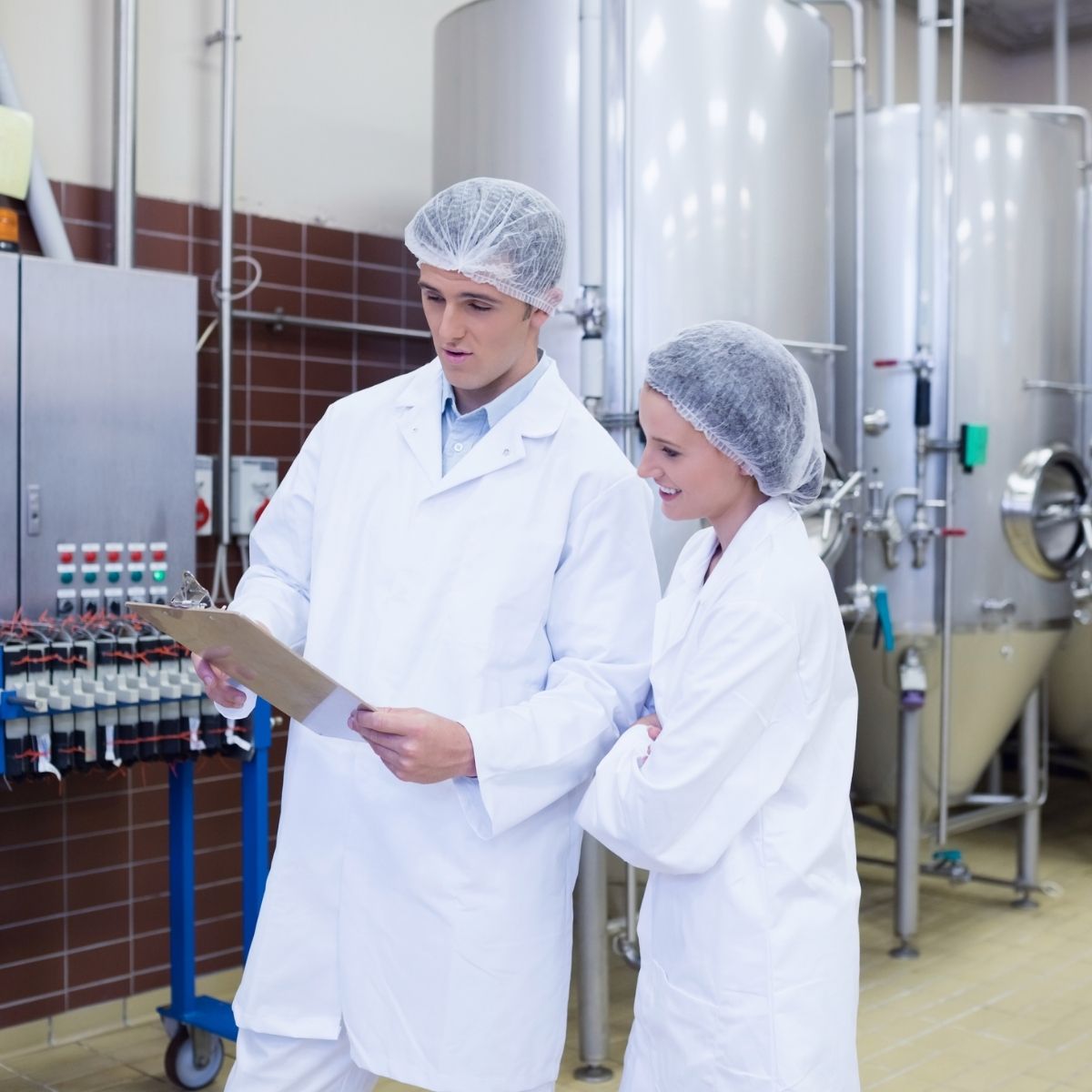
Pasteurization Courses Overview
Purpose of Pasteurization & HT
Types of Pasteurizers & Heat Exchangers
Juice Pasteurization Overview
Tunnel Pasteurization Overview
Egg Pasteurization Process Overview
New Zealand Heat Treatment Training Options & Codes
Unit standard 4829
Describe heat transfer and heat treatment in a dairy processing operation
Pasteurization Operators credited with this unit are able to describe:
heat transfer mechanisms; heat transfer and heat exchange
systems; and heat treatment of milk.
For New Zealand operators only
Unit standard 19334
Demonstrate knowledge of continuous flow pasteurisation for milk processing
Experienced pasteurisation operators are able to explain: Heat transfer and heat treatment; requirements for continuous flow pasteurisation systems; and of pasteurisation critical control points and control measures.
For New Zealand operators only
Heat Treatment Code of Practice MPI
Requirements for the design, construction, and operation of equipment, including control and recording instrumentation, used for heat treatment of milk and other liquid dairy material.
Peer-Reviewed Source: MPI
Pasteurisation of Dairy Products
Times, temperatures and validation evidence of control of pathogens during pasteurisation.
Peer-Reviewed Source: MPI
Global & Codex Alimentarius Standards
Codex Alimentarius – Milk and Milk Products
Codex standards for milk and milk products adopted by the Codex Alimentarius Commission.
Source: FAO
Applies to Global & NZ Operators
Code of Hygienic Practice For Milk and Milk Products
FAO code to provide guidance to ensure the safety and suitability of milk and milk products to protect consumers’ health and to facilitate trade.
Source: FAO
Applies to Global & NZ Operators
FDA Pasteurized Milk Ordinance PMO
Grade “A” PMO, with appendices, recommended for adoption in the United States to encourage a greater uniformity and excellence of milk sanitation practice.
Source: FDA
Applies to US Pasteurization Operators
Australia Mandatory Dairy Industry Code
To help farmers and processors understand the code and implement its requirements.
Source: Australian Goverment
Applies to Australian Pasteurization Operators
Global Pasteurization Regulations – China, Canada, India
China GB Standards – Translated
Chinese National Standards applicable to various categories of dairy products.
Source: MPI
Applies to Chinese & NZ Exporters
National Dairy Code – Canada
Canadian technical reference document (not to be interpreted as regulations) that provides guidance to governing bodies, owners, and employees to produce safe and suitable dairy products.
Source: Canadian Government
Applies to Canada Pasteurization Operators
Dairy Industry Regulations – Alberta
Dairy Industry Regulations for Pasteurization Operators in Alberta.
Source: Alberta Government
Applies to Alberta Pasteurization Operators
Food Safety Management Systems Guidance – India
Applicable for food businesses involved in the dairy sector which includes all milk and milk products.
Source: FSSAI Indian Government
Applies to Indian Pasteurization Operators
Pasteurization: Technical Research Papers
Coxiella Burnetii and Pasteurization
Coxiella Burnetii is a heat-resistant organism of significance. This paper discusses the estimation of the efficiency of pasteurization time & temperature combinations.
Peer-Reviewed Source: NIH GOV
Heat Transfer Application
The principles of heat transfer are widely used in food processing in many items of equipment. Discussion of the various heat transfer applications that are commonly encountered in nearly every food factory.
Peer-Reviewed Source: NZIFST
Further High-Pressure Processing Guidance
Heat Treatment, Canning, Commercial Sterilisation, Drying, Acidification, and High-Pressure Processing.
Peer-Reviewed Source: MPI
Microbiological Risk Assessment of Raw Cows Milk
Risk assessment of raw cow milk brings together information on the public health risks associated with the consumption of raw cows milk.
Source: FSANZ Australian Government
Global Quality: New Zealand’s Food Safety Systems Recognition
New Zealand Comparability Determination by FDA
Report on the Comparability Determination of the Food Safety Component of the New Zealand’s Ministry for Primary Industries.
Source: FDA
New Zealand’s Global Role with Codex Alimentarius
New Zealand is a founding member of Codex and chairs two important Codex committees on Milk Products (CCMMP) and Meat Hygiene (CCMH).
Source: FAO
Pasteurization FAQs
What is Pasteurization?
Pasteurization is process of heat treatment using a combination of temperature and time and/or the partial/full sterilization of a product, such as milk, liquid egg, beer, wine, juice to make it safe for consumption. This minimizes the risk of illness from pathogens such as Human Tuberculosis, Salmonella, Coxiella Burnetii, Campylobacter jejuni, Listeria, Thermoduric bacteria and simultaneously improves the product’s quality and shelf-life.
The process was invented by Louis Pasteur in the late 1800s. Pasteur identified the exact time and temperature to kill the harmful microorganisms in the wine that caused illness without changing its taste. He patented the process and called it pasteurization. This process was then applied to other products such as dairy, food products, and beverages across the globe.
What is the legal definition of Pasteurization?
The process of heating every particle of product to the minimum required temperature continuously for the minimum required time in equipment that is properly designed to minimize the food safety risk to the product.
What is the Minimum Time and Temperature Requirements for Pasteurization of Milk?
Pasteurisation is rapidly heating milk to a temperature of no less than 72°C/161°F and retaining it at that temperature for no less than 15 seconds, or rapidly heating milk to a temperature of no less than 63°C/145°F and retaining it at that temperature for no less than 30 minutes.
Code of Practice (COP- Source MPI) / Code of Federal Regulations (CFR Title 21 – Source FDA)
What is a Pasteurizer System?
In the context of a batch or vat, a pasteurizer is not just one piece of equipment it’s a collection of equipment it’s a system.
Pasteurizer systems include but is not limited to:
- A jacketed vessel
- Proper outlet valve of solid stainless steel construction
- Thermometers. There are normally at least three thermometers
- A recording chart
- An agitatorCode of Federal Regulations – Source FDA)
What is disease of wine?
In 1863, Louis Pasteur received a letter from one of Napoleon III’s aides, commissioning him to study the spoilage and “diseases of wine”—a matter of great urgency in France, where wine was vital to the nation’s cultural life and economic prosperity.
In previous experiments, Pasteur had discovered that heating the fermented wine would kill the microbes that caused it to spoil. He wasn’t the first to see that connection. Nicolas Appert, the inventor of in-container sterilization, also known as canning, had already shown that treating food with heat could preserve it. Pasteur’s contribution was to determine the exact time and temperature that would kill the harmful microorganisms in the wine without changing its taste. He patented the process and called it pasteurization. Before long, the process was also used for beer and milk.
To alleviate the problem, Pasteur preheated the wine to 50-60 degrees Celsius which killed the unwanted organisms, extended the shelf life of the wine, and ultimately saved the French wine and beer export industry.
What is Tuberculosis?
Human Tuberculosis is caused by Mycobacterium Bovis that can be found in unpasteurized milk. Source: CDC
The pasteurization of milk didn’t come into practice until the late 1800s. Back then, tuberculosis was commonly carried by milk. A low-temperature, long-time (LTLT) process, also known as batch pasteurization, was first developed to kill the tuberculosis pathogen. The incidence of tuberculosis contracted from milk fell dramatically, and in fact, it no longer makes the Centers for Disease Control and Prevention’s list of food-borne illnesses [source: CDC ].
The first commercial milk pasteurizers were produced in 1882, using a high-temperature, short-time (HTST) process. The first law to require the pasteurization of milk was passed in Chicago in 1908 [source: Sun]. Some people didn’t like the idea of pasteurizing milk in the beginning, for the same reasons that today’s raw milk advocates cite [source: Lewis].
How much does a Pasteurization Course Cost?
Suitable for Global & New Zealand Pasteurizer Operators:
- Basic Pasteurization Course (1 Day): Cost: $299 USD or $395 NZD + 15% GST
- Advanced Pasteurization Course (2 Days): $526 USD or $695 NZD + 15% GST
For our global clients, course costs are approximated USD and can vary with the exchange rates for New Zealand dollars on the day of booking. Your payment transaction occurs on a globally secure EWAY platform.
Do other foods or beverages require Pasteurisation?
While most of us think of milk when we hear the word pasteurization, other foods such as fruit juices, egg products and some alcoholic beverages may be pasteurized. Federal regulations in the United States require dairy products be pasteurized only if they’re to be transported over state lines. The exception to this rule is raw milk cheese that has been aged for 60 days or more. Pasteurization is also required for egg products and most fruit juices [source: Cianci]. Other countries that currently allow the sale of unpasteurized milk include countries in the European Union (except Scotland and Northern Ireland) and Switzerland [source: Cazaux, DBIC].
What are the methods of Pasteurization?
Batch or vat pasteurization is the simplest and oldest method for pasteurizing milk. A product such as milk is heated to 154.4 degrees Fahrenheit (63 degrees Celsius) in a large container and held at that temperature for 30 minutes. This process can be carried out at home on the stove top using a large pot or, for small-scale dairies, with steam-heated kettles and fancy temperature control equipment. In batch processing, the milk has to be stirred constantly to make sure that each particle of milk is heated [sources: Lewis, Sun, Goff].
About Food Safe
Food Safe Ltd is Accredited by the New Zealand Government + is a Category 1 NZQA-Registered PTE. Training complies with the Food Safety Regulations, Verifier Audits right across New Zealand as well as with Codex Alimentarius – FAO and ISO Standards across the Globe.
Our training is trusted by both well-known New Zealand and Global food companies and heaps of small teams too! Our training is science-based on New Zealand regulatory and globally recognised best practices – MPI, FAO, FDA, EU
Food Safe’s advisory committee includes leading experts, quality and compliance managers, and governance experts. For even more information about Food Safe and the companies we work with, click here
Why Choose us for your Heat Treatment Training?
- Complements certification (GFSI, WSE, FSSC, BRC, SQF) and compliance (MPI, FDA, CFDA, EU) requirements
- Is simplified and visual, and supportive of implementing learning back on-job
- Is delivered by a trained ISO 9001 & 22000 lead auditor
- It is delivered by a trainer with first-hand knowledge and experience in high compliance operations where Food Safe operates, such as the dairy, meat, and seafood sector. This allows us to transfer best practices.
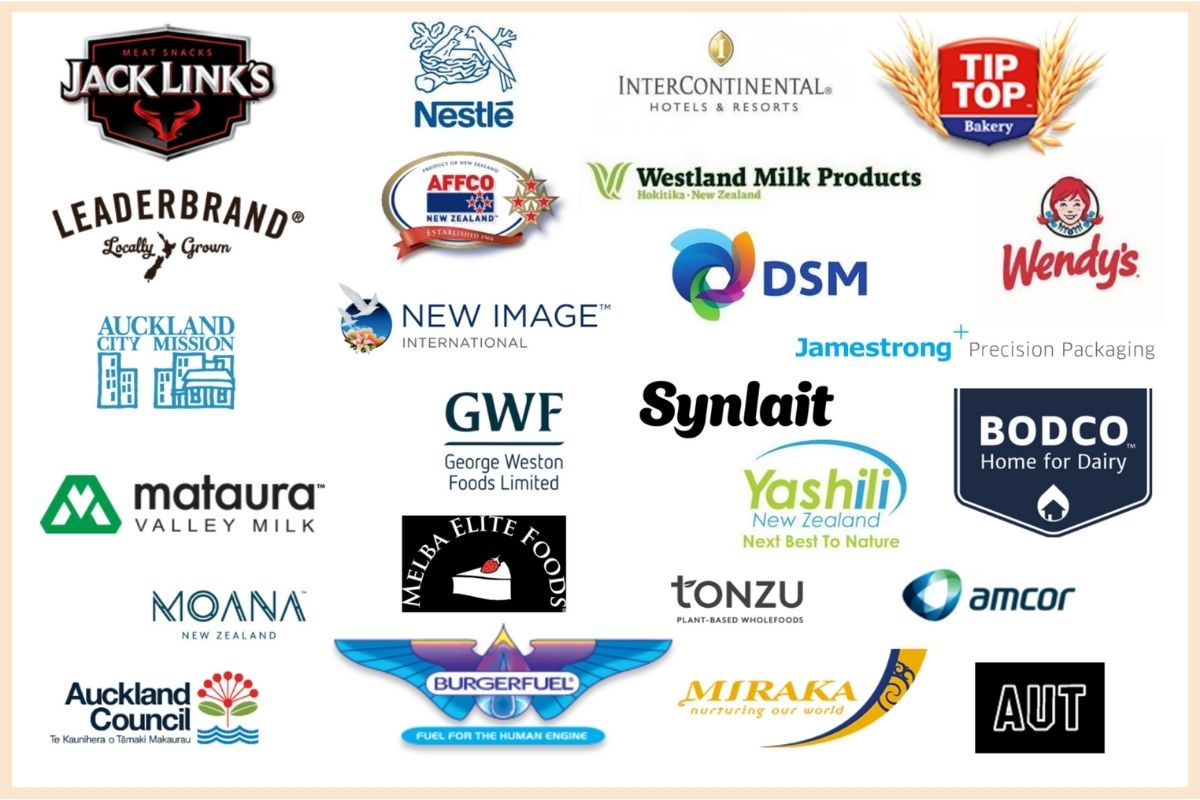
120
427
100
How Food Safe collaborates with food companies to deliver food safety training
HOW IT WORKS
Companies we work with





























